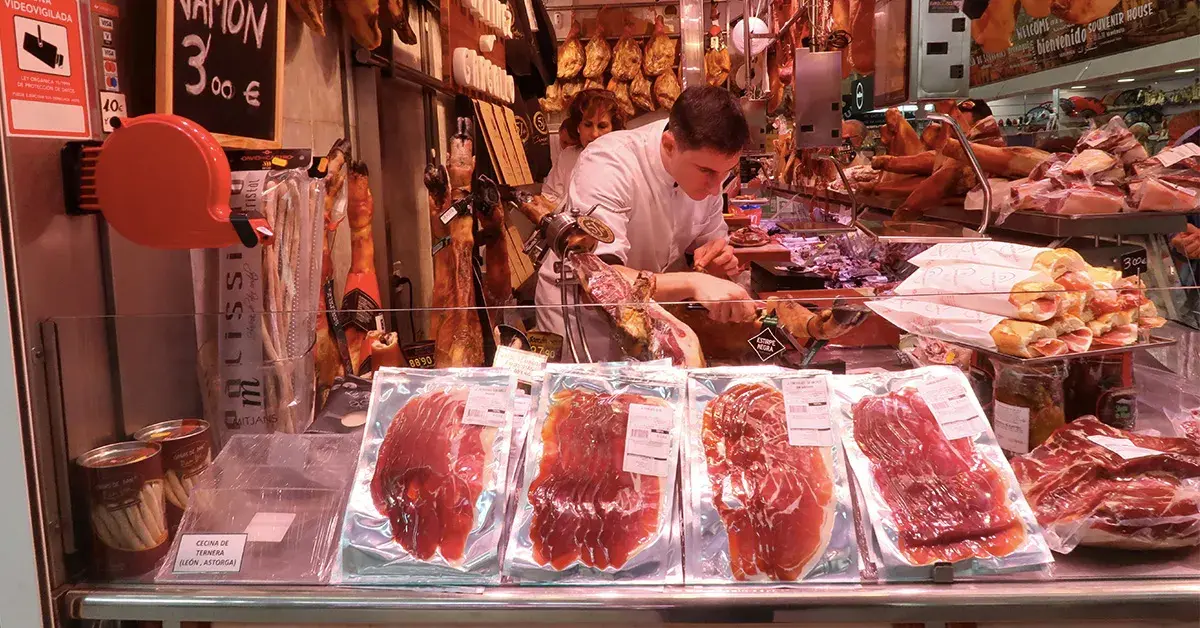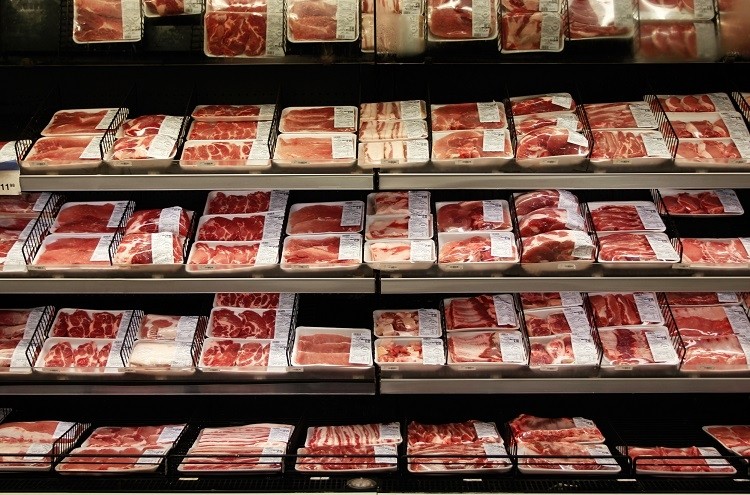Why Citizens Love Bagley Farms Meat Market Edwardsville IL for Their Meat Shopping
Why Citizens Love Bagley Farms Meat Market Edwardsville IL for Their Meat Shopping
Blog Article
Reveal the Art of the Butcher's Cut in a Modern Meat Market
In the ever-evolving landscape of modern-day meat markets, the butcher's cut has transcended its traditional origins, merging old-time craftsmanship with modern techniques. What really establishes the contemporary butcher apart is their ability to create a deeper link between customers and the origins of their meat.
Evolution of Butchery Methods

The mid-20th century saw butchery techniques further refined by scientific insights into muscular tissue biology and meat aging, boosting both inflammation and taste. Developments like vacuum packaging and refrigeration extended item shelf-life, permitting butchers to expand offerings and enhance quality assurance. This period additionally noted the increase of specific devices, such as band saws and meat slicers, which increased accuracy and performance in meat processing.
The 21st century has presented digital innovation right into the butchery world. Computerized systems currently assist in monitoring animal provenance and optimizing cuts to fulfill certain customer choices. Furthermore, a renewal in artisanal butchery has actually emerged, mixing standard skills with modern-day understanding to deal with consumers looking for moral and sustainable meat options. This advancement underscores a vibrant interplay in between tradition and technology, conference contemporary needs while preserving the craft's heritage.

Understanding Meat Cuts

Comprehending the complexities of meat cuts is vital for both butchers and consumers seeking quality and worth. Each cut originates from a different part of the pet, passing on unique flavors, textures, and food preparation techniques. Proficiency of these differences not only enhances cooking experiences yet likewise makes best use of the energy of each carcass. For butchers, exact cuts show skill and regard for the craft, making certain marginal waste and ideal yield.
The key groups of meat cuts include primal, sub-primal, and retail cuts. Primitive cuts, such as the loin, rib, and chuck, are the large areas at first separated from the carcass. Butchers then damage these down even more right into sub-primal cuts, before finally creating retail cuts available to customers, like ribeye or tenderloin. Each stage needs careful attention to physiological structure and muscle structure.
Recognizing muscle mass make-up is vital; muscles utilized extra frequently by the pet tend to be tougher and are best matched for sluggish food preparation methods, while less-used muscle mass, like those located in the loin, are more tender and suitable for cooking or roasting. Familiarity with these distinctions encourages consumers to make educated options, boosting their culinary endeavors.
Choosing High Quality Meat
Picking the appropriate meat entails greater than simply choosing an aesthetically enticing piece from the screen. The art of picking high quality meat requires a discerning eye and great site expertise of details characteristics that symbolize freshness and excellence. First of all, take note of the shade; beef must have a bright, cherry-red shade, while lamb must exhibit a soft pink tone, and pork a light pink. This suggests the meat is fresh and hasn't been exposed to oxygen for also lengthy.
Second of all, consider the marbling, which describes the white flecks of fat within the muscle. Proper marbling anonymous is a key indication of tenderness and flavor, as it melts during cooking, enhancing the meat's juiciness. Keep in mind, greater marbling commonly correlates with premium high quality cuts, such as USDA Prime.
Structure is another essential element; meat ought to feel strong to the touch, not slimy or excessively soft. Furthermore, bear in mind the scent. Fresh meat needs to have a clean, neutral scent, devoid of any sour or repulsive odors.
Matching Cuts With Cooking Approaches
Effectively coupling cuts of meat with the proper cooking techniques is necessary for achieving ideal flavor and texture. These methods enhance the meat's all-natural tastes and make sure a juicy coating.
Alternatively, tougher cuts like brisket and chuck roast are abundant in collagen, which damages down into gelatin when prepared gradually. These cuts are optimal for braising or sluggish roasting, allowing the meat to tenderize gradually and establish deep, complicated flavors. Cuts such as brief ribs and pork shoulder make out well with slow-cooking approaches, where expanded cooking times transform their durable textures right into succulent meals.
Lamb shanks and oxtail, which call for prolonged Find Out More cooking to soften, are ideal prospects for cooking or slow-moving simmering. These methods coax out abundant, passionate tastes while keeping dampness. By comprehending the one-of-a-kind characteristics of each cut, cooks and home chefs alike can elevate their cooking creations, making certain each meal is both satisfying and memorable.
The Butcher's Duty Today
Navigating the advancing landscape of the modern-day meat market, the butcher's role today expands past plain preparation of cuts. Contemporary butchers are cooking craftsmens, educators, and supporters for lasting methods. They bridge the gap between the farm and the fork by ensuring honest sourcing, understanding animal husbandry, and focusing on transparency in the supply chain. This shift reflects the expanding consumer need for quality over quantity, where provenance and pet well-being are critical.
In addition to crafting accurate cuts, butchers now involve straight with customers, offering cooking guidance and tailoring choices to fit specific requirements and choices. Their competence in meat aging, marbling, and flavor profiles encourages customers to make informed decisions, improving their culinary experiences. This tailored solution exemplifies the butcher's developing role as a relied on consultant in the cooking area.
Furthermore, butchers are critical in decreasing waste, utilizing whole pets to develop varied items such as sausages and stocks - bagley farms meat market edwardsville il. This extensive method not just respects the pet but additionally straightens with contemporary sustainability objectives. This way, the modern-day butcher embodies both practice and advancement, adjusting to an ever-changing market while maintaining the virtuosity and stability of their craft

Final Thought
Mastery in recognizing diverse meat cuts and top quality indicators equips butchers to offer enlightened suggestions, aligning particular cuts with optimum cooking techniques. By honoring historical techniques while embracing modern needs, the butcher's role stays vital in today's advanced meat market.
Report this page